What we know so far about North Korea’s latest long-range cruise missile
US says the weapon may have nuclear capabilities and poses ‘threats’ to neighbouring nations
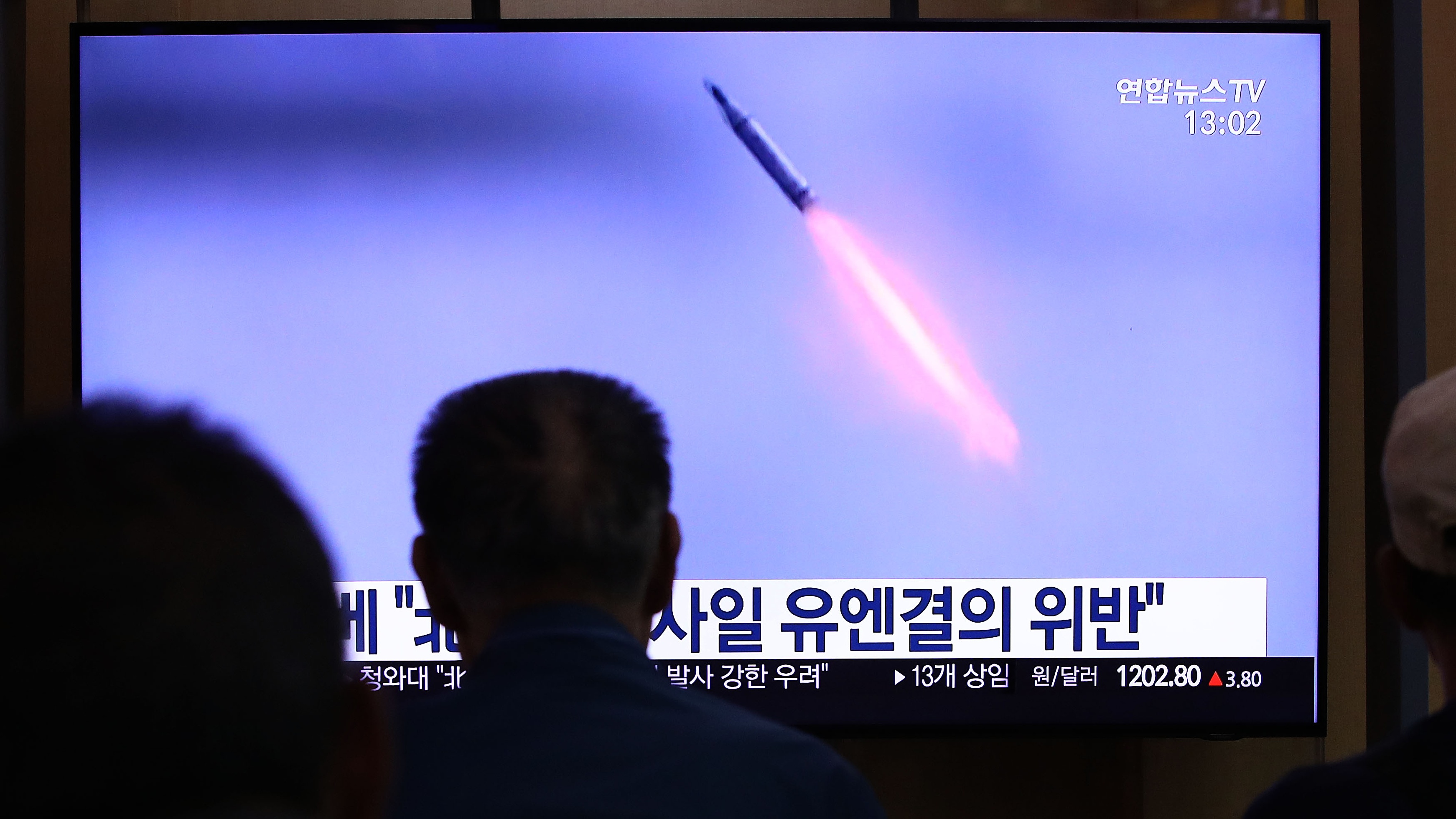
North Korea has announced successful tests of a new long-range cruise missile that the secretive state described as “a strategic weapon of great significance”.
According to the state-run Korean Central News Agency (KCNA), the missiles hit targets 1,500km (932 miles) away during testing on Saturday and Sunday.
The reported launches are the first by North Korea since March and have been condemned by the US amid the ongoing battle over denuclearisation.
The Week
Escape your echo chamber. Get the facts behind the news, plus analysis from multiple perspectives.

Sign up for The Week's Free Newsletters
From our morning news briefing to a weekly Good News Newsletter, get the best of The Week delivered directly to your inbox.
From our morning news briefing to a weekly Good News Newsletter, get the best of The Week delivered directly to your inbox.
What we know
Pictures in North Korea’s Rodong Sinmun newspaper of the tests “showed a missile exiting one of five tubes on a launch vehicle in a ball of flame, and a missile in horizontal flight”, said The Guardian.
The missiles reportedly “travelled for 126 minutes” before “hitting their targets and falling into the country’s territorial waters”.
Experts say the weapon appears to represent a major step forward in the weapons technology being developed by the ruling Korean Workers Party. The newly tested missiles are feared to be “better able to avoid defence systems to deliver a warhead across the South or Japan - both of them US allies”, The Guardian added.
A free daily email with the biggest news stories of the day – and the best features from TheWeek.com
“This activity highlights [North Korea’s] continuing focus on developing its military programme and the threats that poses to its neighbours and the international community,” the US military’s Indo-Pacific command said in a statement.
As Reuters noted, the hermit kingdom's cruise missiles are not explicitly banned under UN Nations Security Council Resolutions and “usually generate less interest” than ballistic missiles, which can be used to carry large nuclear warheads.
But Ankit Panda, a senior fellow at the US-based Carnegie Endowment for International Peace, told the news agency that the new weapon was “the first cruise missile in North Korea to be explicitly designated a ‘strategic’ role”, which is “a common euphemism for a nuclear capable system”.
Baiting Biden
North Korean leader Kim Jong Un “was not present” for the test launches, which were announced as “Sung Kim, US President Joe Biden’s nuclear envoy, headed to Asia for talks with counterparts from Japan and South Korea aimed at reviving disarmament talks with Pyongyang”, The Telegraph reported.
The negotiations stalled in 2019 after a failed summit in Hanoi between Kim and then president Donald Trump.
Last month, the International Atomic Energy Agency (IAEA) reported that the North had resumed the use of a nuclear reactor widely believed to have produced plutonium for nuclear weapons.
The agency said that “there were no indications of reactor operation from early December 2018 to the beginning of July 2021”, but that there had since “been indications, including the discharge of cooling water, consistent with the operation of the reactor”.
According to The Telegraph, analysts “believe that the reactivation of the nuclear reactor was an attempt to test Joe Biden’s resolve”.
In response, the Biden administration “has said it is open to diplomacy to achieve North Korea’s denuclearisation, but has shown no willingness to ease sanctions”, reported The Guardian.
What next?
“As international negotiations have made little progress in stopping North Korea from growing its weapons arsenal, South Korea has embarked on building more powerful missiles and missile-defence systems of its own to counter North Korean threats,” said The New York Times (NYT).
The South’s Defence Ministry said earlier this month that it would “develop stronger, longer-range and more precise missiles so as to exercise deterrence and achieve security and peace on the Korean Peninsula”, as Reuters reported at the time.
Meanwhile, the US has removed limits allowing the South “to build ballistic missiles with larger warheads that hold destructive power”, the NYT added. “The tit-for-tat weapons build-up signalled that the rival militaries were arming themselves with increasingly powerful missiles that can fly farther and carry more destructive power, and that are harder to intercept.”
“We cannot rule out that the resumption of plutonium production and reprocessing at Yongbyon is Pyongyang’s way of reminding the US of the dangers posed by the nuclear facilities,” Evans Revere, a former state department official, told Voice of America last month.
The North could be attempting to scope out “what ‘price’ the United States might be willing to pay to freeze or shut down these facilities if negotiations resume”, he added.
As representatives from the US, South Korea and Japan now meet in Tokyo to explore ways to end the stand-off, Pyongyang may be hoping the missile tests announcement has increased that price.
-
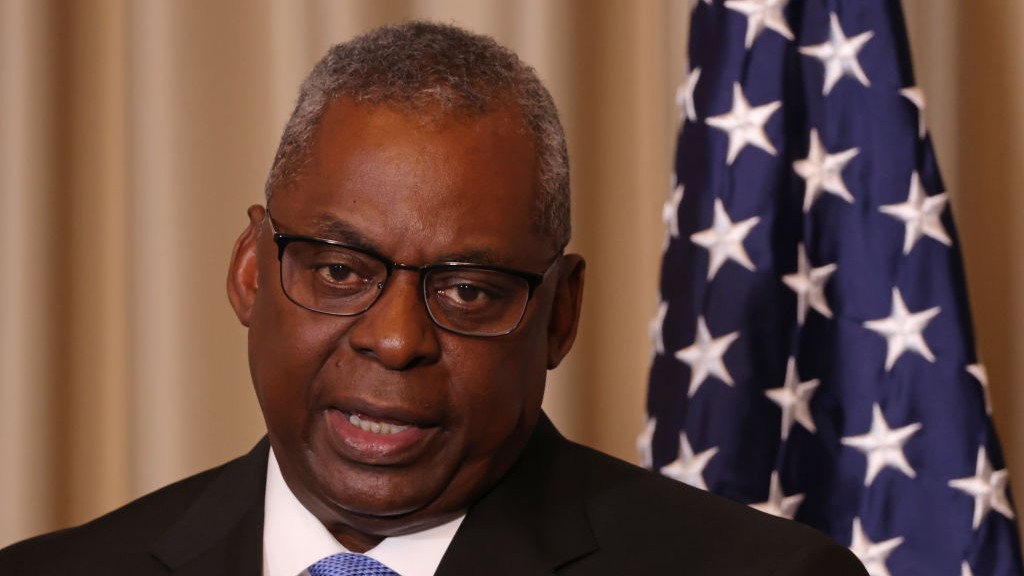 10 things you need to know today: January 7, 2024
10 things you need to know today: January 7, 2024Daily Briefing White House reportedly left unaware of defense secretary’s hospitalization, Biden to deliver State of the Union address on March 7, and more
-
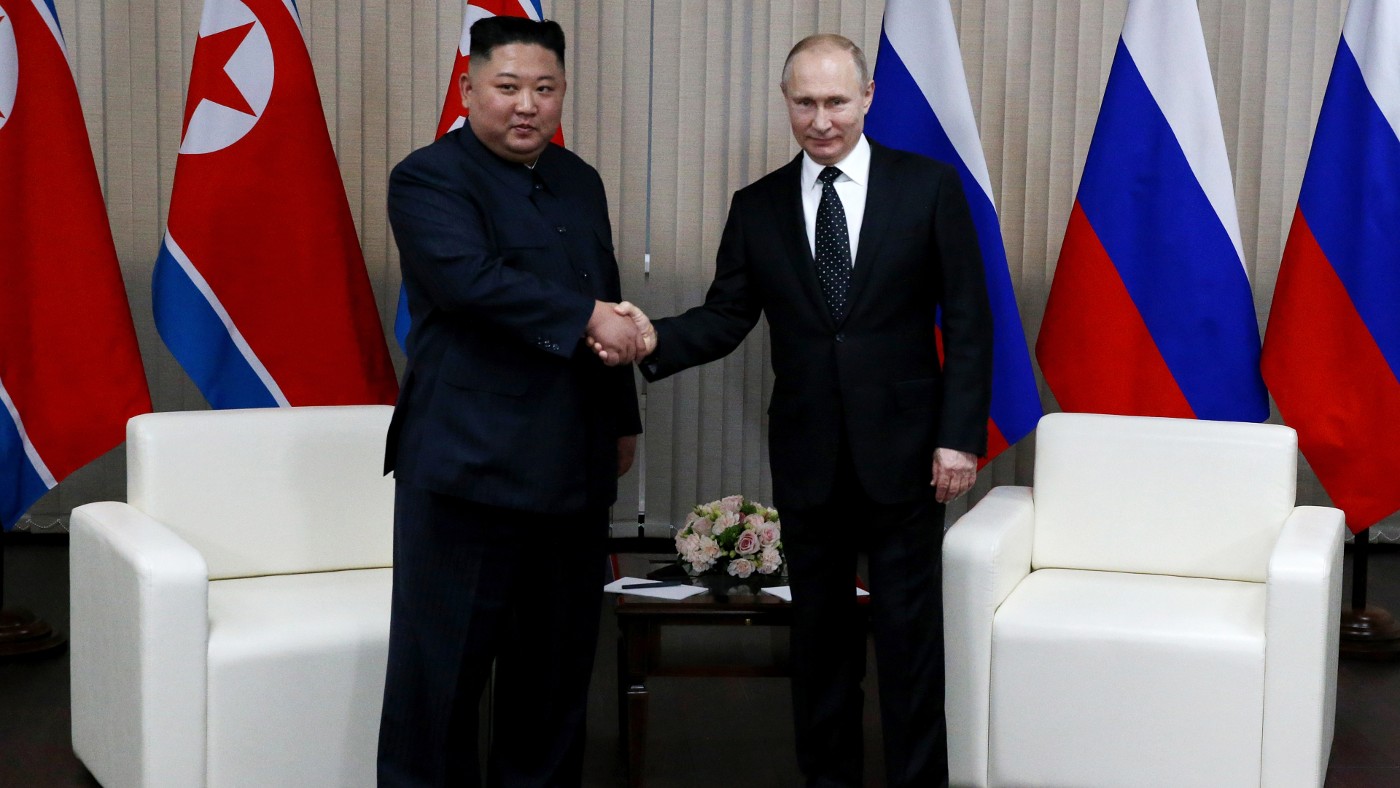 Would North Korean weapons tilt the war Russia’s way?
Would North Korean weapons tilt the war Russia’s way?Today's Big Question Putin wants to boost ‘depleted stocks’ but Pyongyang’s arms may be in poor condition
-
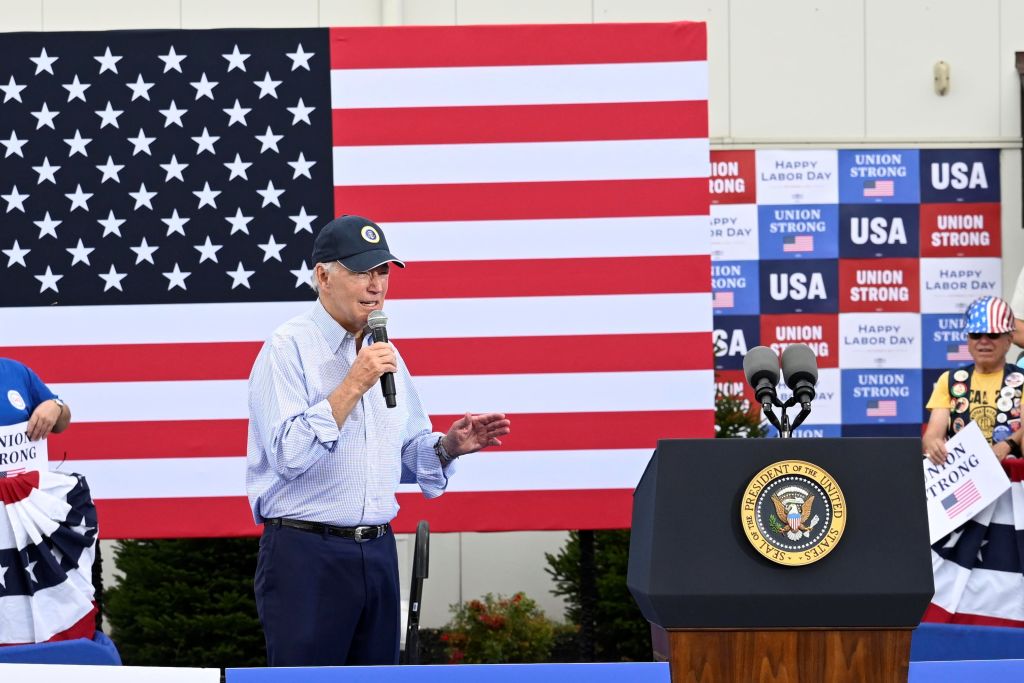 10 things you need to know today: September 5, 2023
10 things you need to know today: September 5, 2023Daily Briefing President Biden courts unions on Labor Day, thousands leave Burning Man after being trapped by desert mud, and more
-
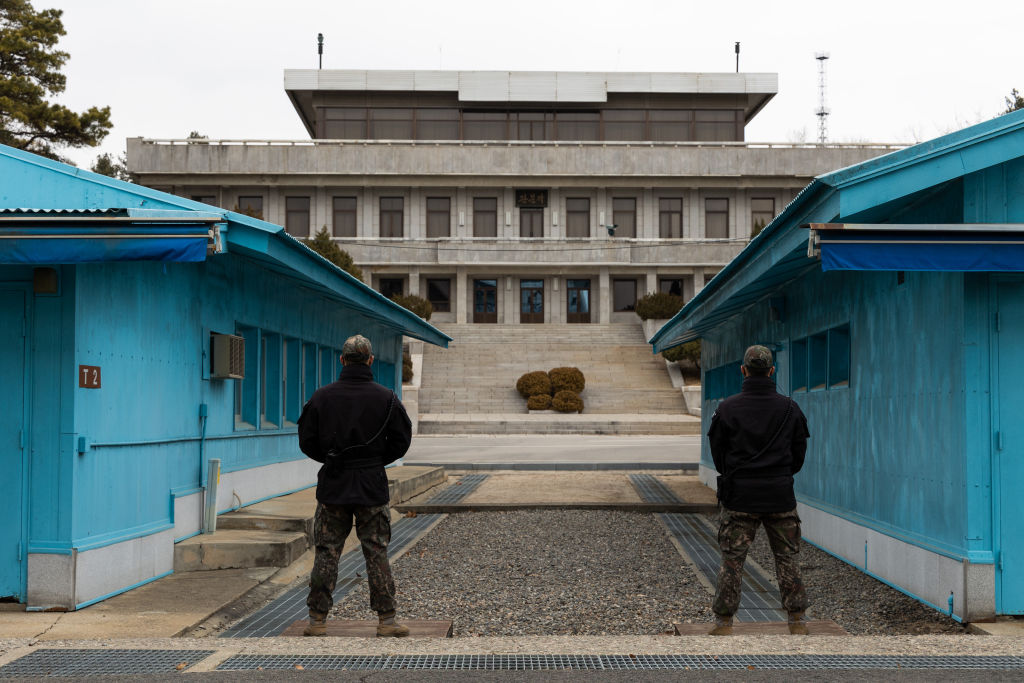 US soldier detained by North Korea after crossing border
US soldier detained by North Korea after crossing borderSpeed Read
-
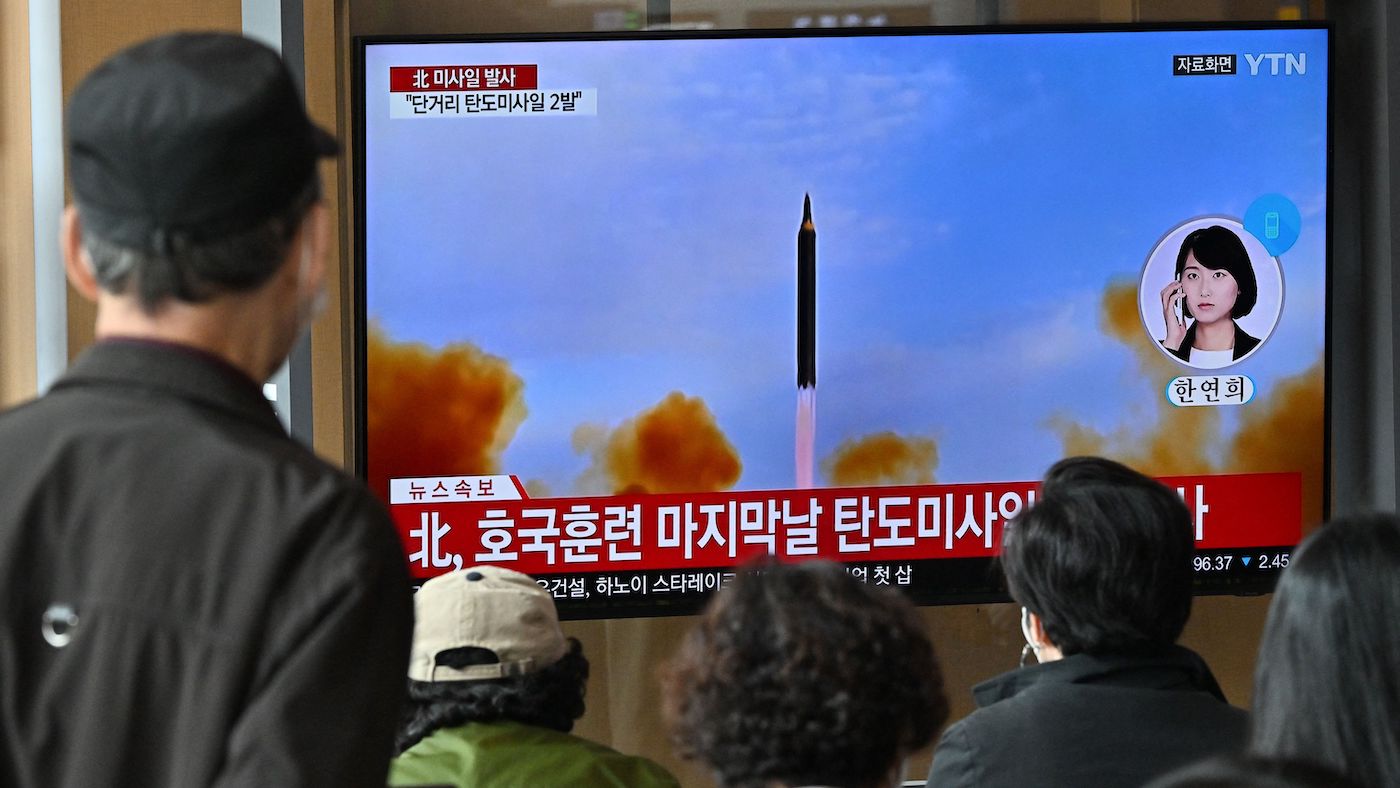 North Korea launches 1,000km missile towards Japan after threatening US
North Korea launches 1,000km missile towards Japan after threatening USSpeed Read Pyongyang warned Washington of ‘shocking’ repercussions over alleged spy planes
-
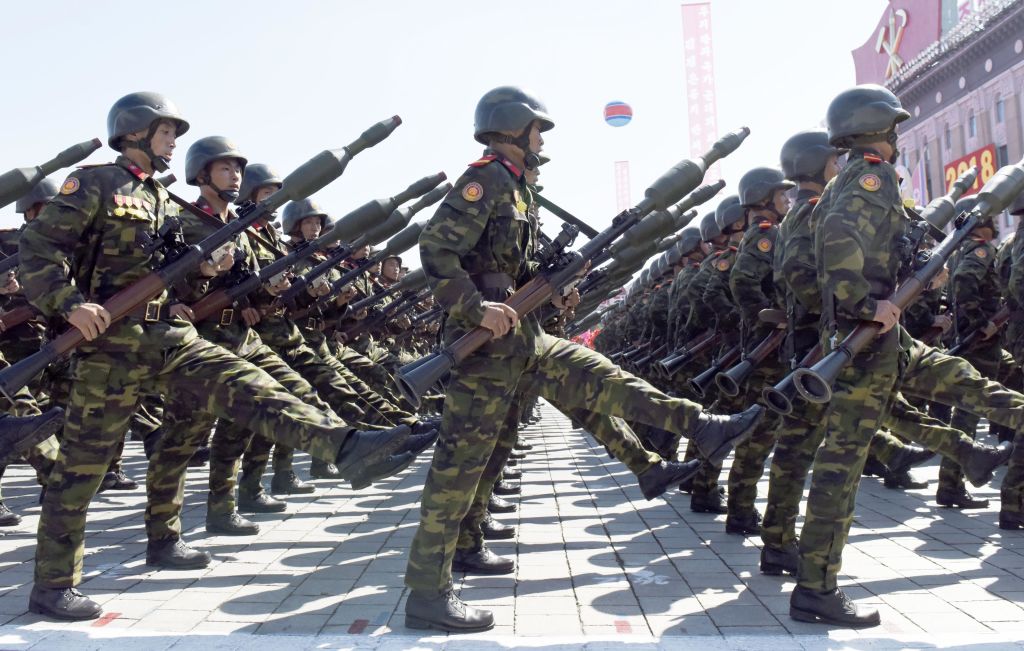 North Korea claims 800,000 people volunteered to fight against the U.S.
North Korea claims 800,000 people volunteered to fight against the U.S.Speed Read
-
 10 things you need to know today: March 18, 2023
10 things you need to know today: March 18, 2023Daily Briefing Trump says he expects to be arrested Tuesday in Manhattan, Biden hosts Irish Taoiseach at White House for St. Patrick’s Day, and more
-
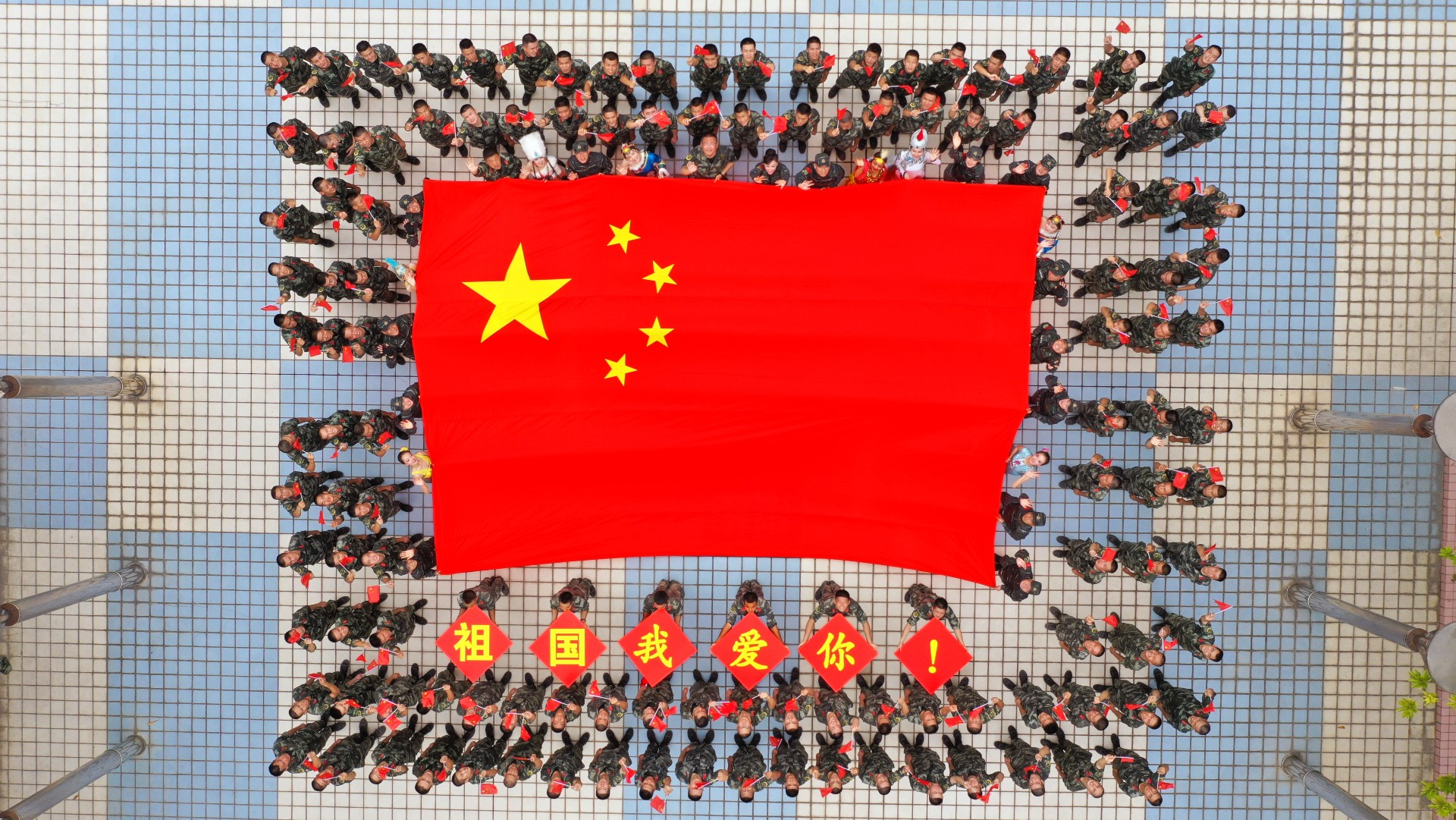 Is conflict between the US and China inevitable?
Is conflict between the US and China inevitable?Today's Big Question China’s new foreign minister warns of ‘conflict and confrontation’ with Washington while defending ties with Russia


